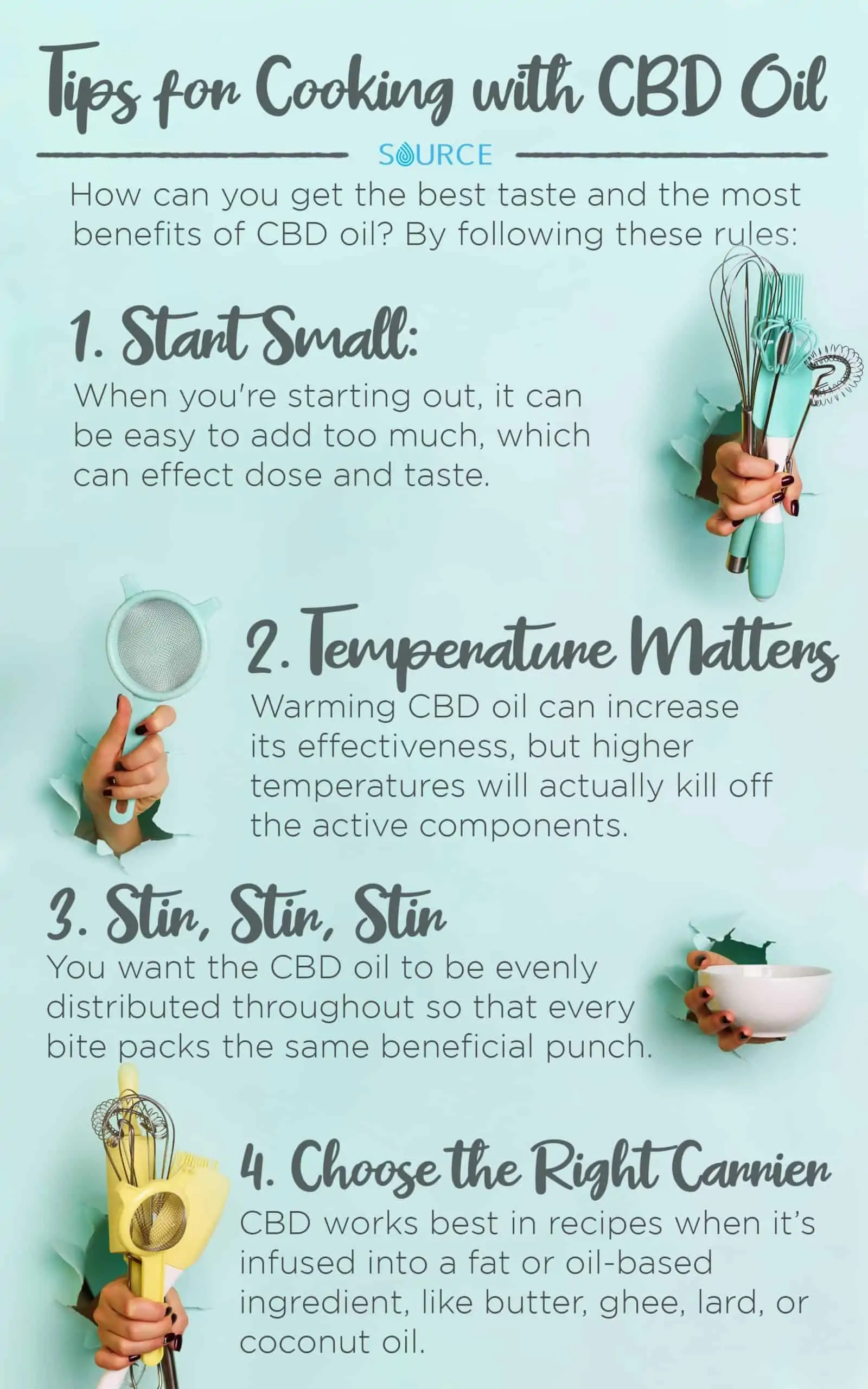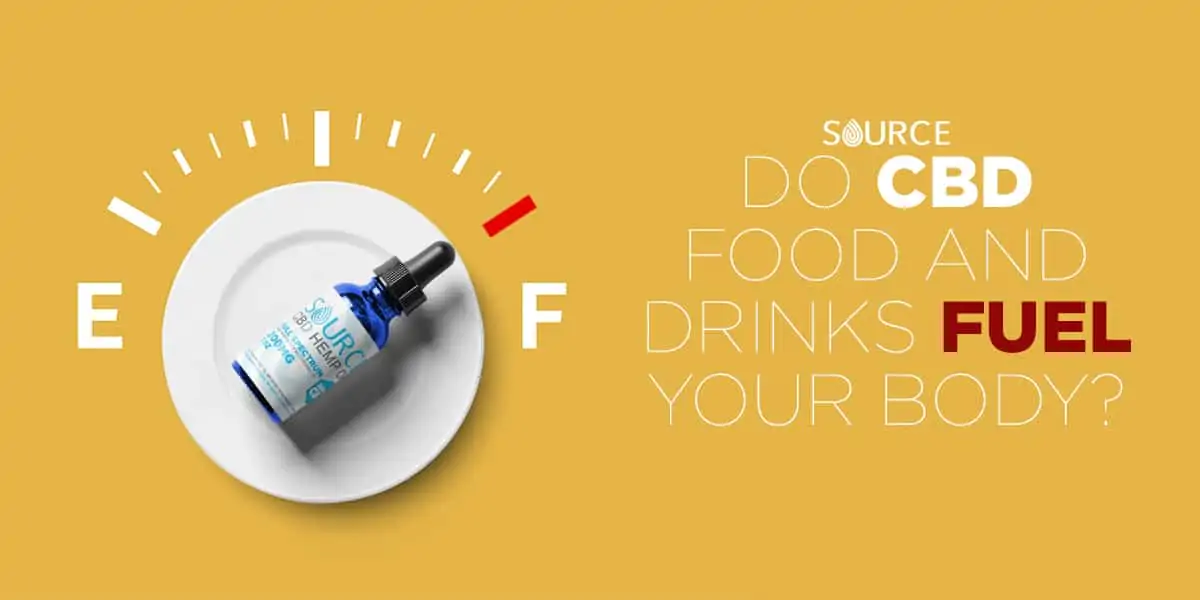CBD Oil News
CBD Infused Food and Drinks: Pros, Cons, and Tips
It’s a fact: the CBD infused food and drink market is booming. Restaurants are opening serving CBD menu items, bars are adding CBD cocktails to their drink lists, and many companies are working hard to create snacks with CBD to meet the needs and wants of their customers.
But do these foods and drinks work? Are they delivering what you need? Or are they just following the CBD trend without actually providing any real benefits? It’s a question many people are asking.
Plus, is there a way to make them even better?
CBD Infused Food and Drinks
These days, it’s seems even week I’m hearing about a new food or drink featuring CBD. From alcoholic beverages, to condiments, to candies, they’re all available out there. There was even a rumor floating around for a while that Coca Cola was jumping on the bandwagon – although those have since been dispelled. Still, this fact alone shows just how much CBD has infiltrated the food and beverage scene.
So why is this the newest trend? And is it all flowers and rainbows?
Pros
I’ll start with convenience. Now, let’s be honest, it isn’t exactly inconvenient to carry around a bottle of CBD in your bag and discreetly use it whenever you want. But some people choose to enjoy a CBD snack or drink for even more convenience. And these are easy to grab on the go, which is never a bad thing either.
Then, of course, there’s the taste. Hemp has a very distinct, earthy taste. Some people like it, some don’t mind it, and others, well, let’s just say to them it isn’t exactly appealing. With food and drinks, you can easily mask the taste of CBD if it really isn’t your cup of tea.
TIP: CBD coffee is really popular as well – whether you purchase it from a coffee shop or make it at home. And people swear that it helps reduce the impacts of over-caffeination. If coffee makes you jittery, users say CBD coffee gives you the energy of the caffeine, without the over-caffeination jitters!
Cons
As a consumer, there’s really very little way for you to tell what or how much you’re getting when you buy a CBD latte or CBD brownie. Most companies don’t print much information about their CBD on the packaging – and that information is important. Is it high quality or low quality? That’s crucial, as it will directly impact effectiveness.
Then of course there’s the issue of dosage. Dosage has a big impact on what we know about CBD’s effects so far. Unless you’re making your own food and drinks, adding the exact dosage you want, you can’t control the dose. And sometimes you may not even know what the dosage is.
Furthermore (and technically this may or may not be a con), when you ingest CBD, it has to pass through your digestive system first. When you take CBD with food, it gets absorbed through your digestive system. It travels to the stomach, then into the small intestine, where it’s absorbed, then transferred to the liver. This means it can take longer to feel the effects.
Additionally, when you’re buying items that have been cooked, that CBD content is likely degraded (read more on this below).
Tips for CBD Infused Items
If you’re going to buy a CBD infused food or drink from somewhere, ask questions. Find out what kind of CBD they use and what the strength is. See if you can view a certificate of analysis. Transparency is crucial when it comes to CBD. Here’s how to read a certificate of analysis.
Additionally, get the dosage amount. If you’re paying an extra $3-4 dollars for a few drops of CBD in your morning coffee, you want to be sure you’re actually paying for enough CBD to do it’s job – otherwise it’s just a waste of money. Check this out for more on finding your perfect dose.
You also want to know if it’s organic. Hemp absorbs toxins from the soil it’s grown in, so it’s really important to find organically grown hemp. Read more on this here.
If you’re making your own CBD treats, watch the temperature. The idea of CBD chocolate chip cookies may sound great, but those high temps are not CBD’s friend. In fact, CBD starts to break down at 320-356 degrees Fahrenheit. Baking CBD at temperatures above this could cause the CBD to evaporate, essentially making those baked goods lose their potency and ultimately their effectiveness.
Here are a few other tips for cooking with CBD:

What Are You Eating?
Finally, what you’re eating matters.
As I mentioned earlier, when you take CBD with food, it gets absorbed through your digestive system, travels to the stomach, but gets broken down along the way. Then it moves into the small intestine, where it’s absorbed, then transferred to the liver.
The liver is where what you eat matters.
The liver is home to a family of enzymes called cytochrome P450 (CYP450). These enzymes help metabolize the compounds in CBD before they’re passed along to the circulatory system. During this process, CBD is broken down into more than 100 different metabolites. Some of these the body needs and uses. Others aren’t used and are quickly excreted. The thing is, this process can reduce the concentration of CBD, meaning less makes its way into your bloodstream.
Thankfully, certain foods can help counteract that concentration reduction and boost the absorption rate of the CBD.
If you want to get the most from your CBD infused foods and drinks, the best types to eat are medium and long chain triglycerides, which are fatty acids. These are high in things like oils, fish, nuts, eggs, avocados, etc. In this case, fat is your friend!
Final Food for Thought
So, do CBD infused foods and drinks really work? Definitely. They’re an easy way to get your daily dose, whether at home or on the go. Just be sure you’re sure about where the CBD is coming from, how much you’re getting, and how it is added to the food or drinks you’re indulging in.
Our best advice? If you want to eat your CBD, find a recipe and make your snacks and bevies at home!

